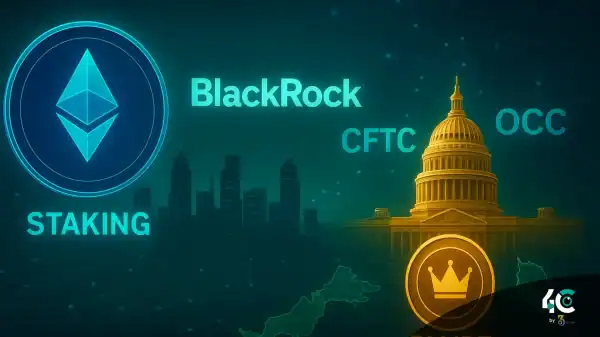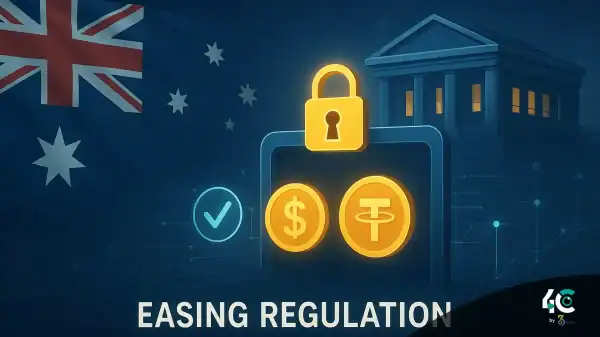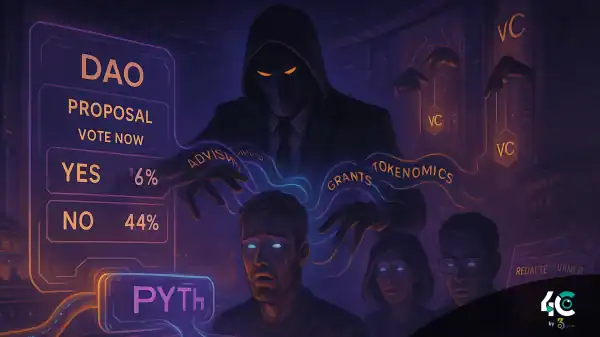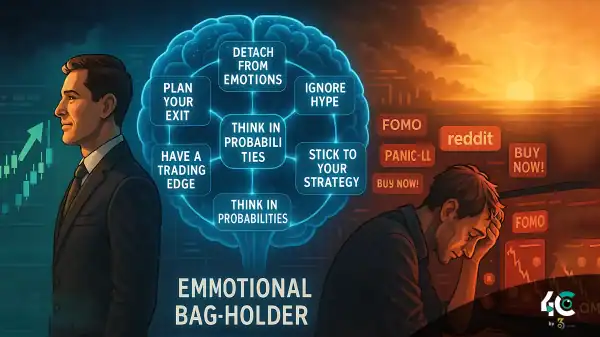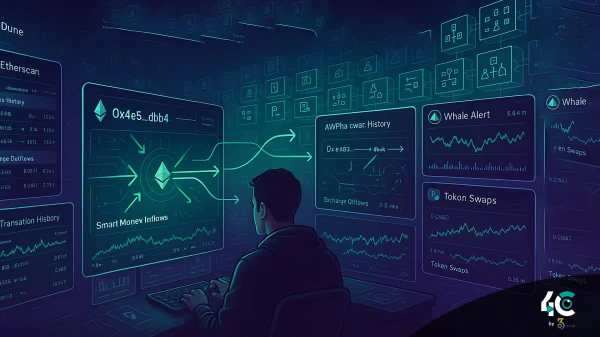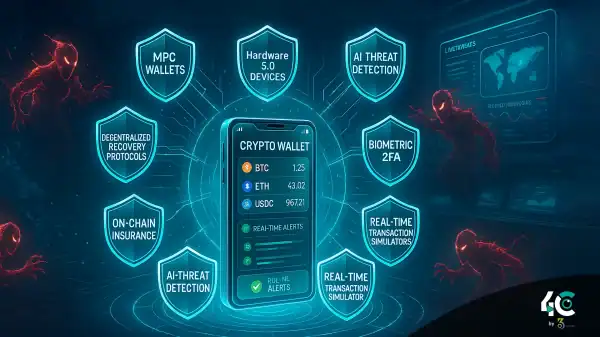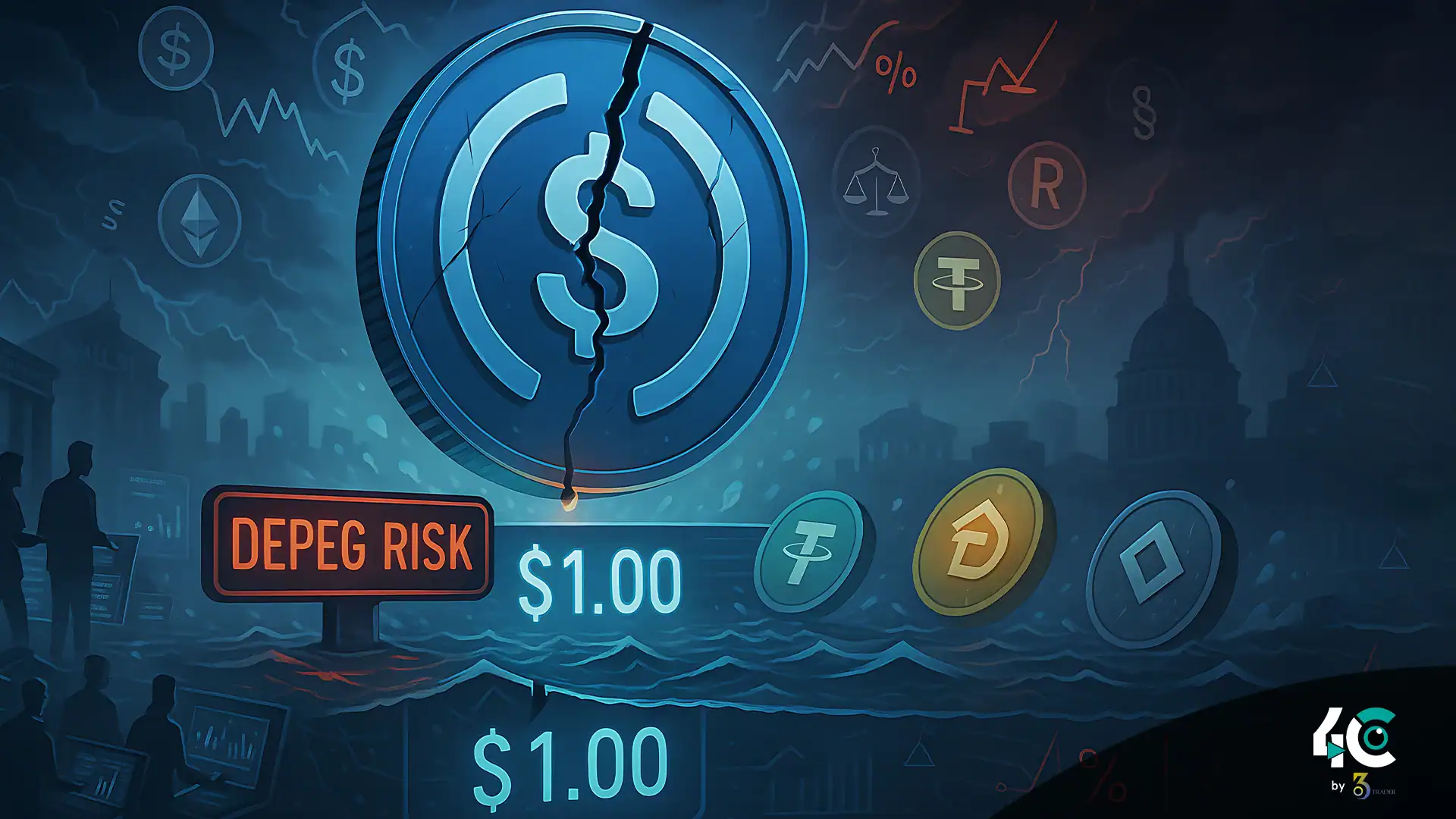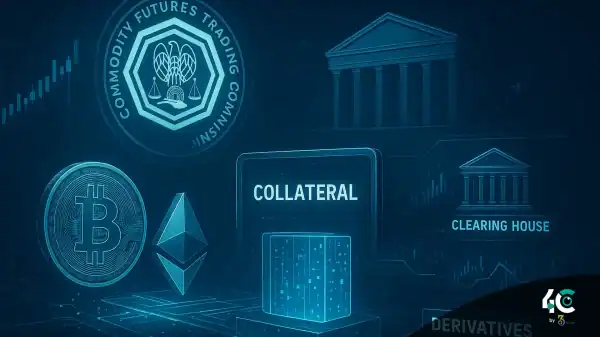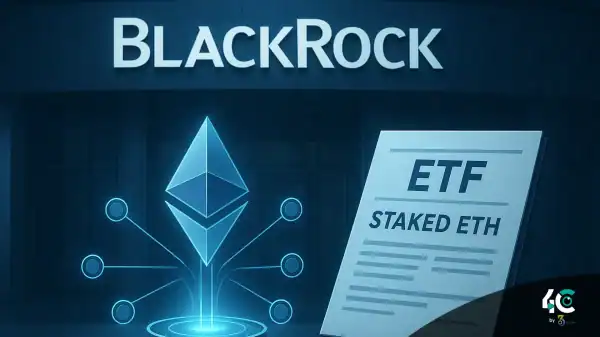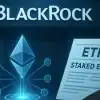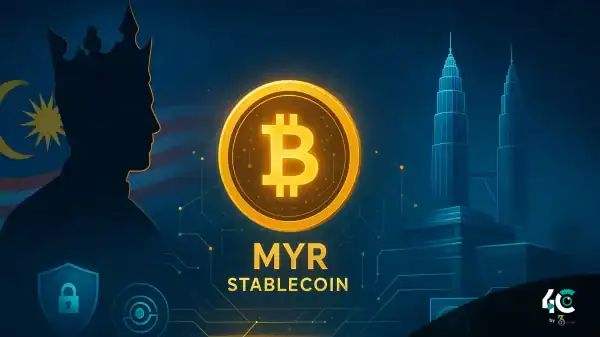The Hidden Risks in USDC’s “Safe” Reserves
USDC, the second-largest stablecoin with $32 billion in circulation, is often considered more transparent and compliant than competitors like Tether (USDT). But beneath the surface, three critical vulnerabilities threaten its stability.
1. The BlackRock Conflict
Circle recently raised $400 million in a funding round led by BlackRock, creating a dangerous tie between USDC’s reserves and traditional finance. Worse, 8.5% of USDC’s reserves are held in BlackRock money market funds—meaning if regulators target Circle, BlackRock’s own products could be at risk.
2. The Commercial Paper Trap
Unlike Tether, which now holds most reserves in cash and short-term Treasuries, USDC still has 12% (~$4 billion) parked in corporate commercial paper. These short-term debt instruments can freeze overnight, as seen during the 2023 banking crisis. With the Federal Reserve draining liquidity, a sudden corporate default could spark panic.
3. The Regulatory Sword of Damocles
Circle has already received a Wells Notice from the SEC, signaling enforcement action. If regulators classify USDC as an unregistered security—as they did with Paxos’ BUSD—redemptions could be frozen overnight.
Early Warning Signs of a Coming Depeg
Smart traders are watching these red flags:
- Rising redemption volumes: Daily outflows recently hit $2.3 billion.
- Widening exchange spreads: From $1.00 ± $0.001 to $0.003—signaling liquidity stress.
- DeFi protocols tightening: Platforms quietly increasing USDC collateral requirements.
When arbitrage bots slow and OTC desks demand conversion premiums—panic is brewing.
How a USDC Collapse Could Unfold
Stage 1: A Breaking Point
A mid-sized bank holding USDC reserves fails (like SVB in 2023), forcing Circle to pause redemptions for “verification.”
Stage 2: Market Panic
DeFi protocols freeze USDC collateral, and exchanges halt withdrawals. Liquidity evaporates.
Stage 3: Permanent Depeg
Regulators declare USDC non-compliant, locking reserves in legal limbo. The peg never fully recovers.
How to Protect Yourself
1. Diversify Stablecoin Exposure
- Hold FDIC-insured stablecoins like PYUSD.
- Use decentralized options like DAI for trading.
- Keep physical cash on hand.
2. Prepare for Arbitrage Opportunities
- Set limit orders at $0.985 (support level).
- Watch Curve and similar DeFi pools for spread patterns.
3. Hedge Against the Worst-Case Scenario
- If redemptions hit $3B+ or Treasury yields spike, consider shorting USDC futures.
Why USDC Is Riskier Than Tether
Ironically, USDC’s compliance-first model makes it more vulnerable than USDT.
- Tether: Holds 95% in liquid assets.
- USDC: Exposed to corporate debt and banking crises.
- Worst of all? Redemptions take 1–5 days—plenty of time for panic to spread.
The Bottom Line
The next stablecoin crisis may begin not with Tether, but with USDC. When it happens:
- Cash will be king (physical dollars or FDIC-backed stables).
- Bitcoin and Ethereum will surge as traders seek decentralized havens.
- The SEC will escalate its crackdown—reshaping the crypto landscape.
Final Warning: If Crypto Twitter starts saying “USDC is safe,” check the redemption queues immediately.


